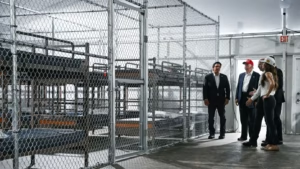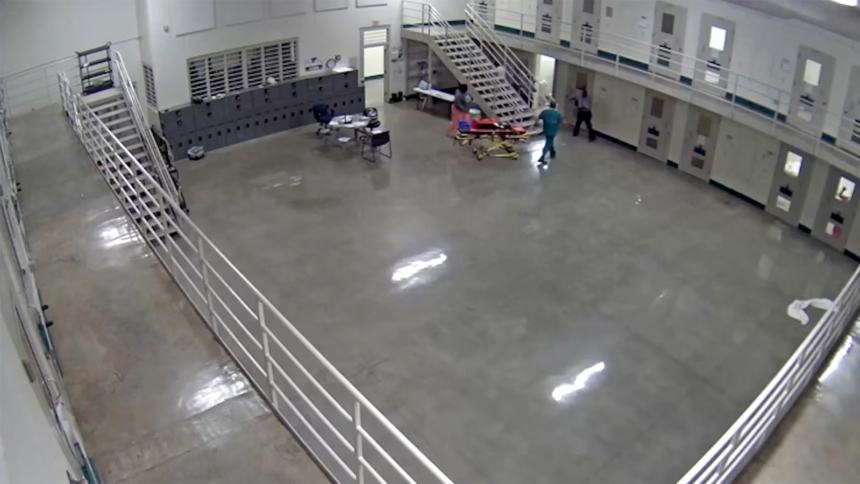A Harvard and PHR study finds systemic rights violations in U.S. immigration detention centers.
The report states that facilities extensively use solitary confinement in ways that, under United Nations standards, amount to “torture” and that such practices have become commonplace in centers that ICE oversees.
According to the U.N., “torture” includes any confinement beyond 15 days that causes severe mental pain, which helps to clarify why these practices are considered violations.
In Latin Times, journalist Pedro Camacho notes that experts have identified widespread use of isolation, disproportionately affecting vulnerable detainees, including those with mental health conditions.
According to ICE records reviewed by the researchers, there were nearly 14,000 instances of solitary confinement placements in ICE detention centers between April 2024 and August 2025. During the first quarter of 2025, detainees labeled as “vulnerable” spent an average of 38 days each in solitary confinement. This average is nearly three times longer than the 14-day average for vulnerable individuals reported in 2021.
The study notes that in late 2024, staff at these facilities began routinely imposing solitary confinement, often without adequate oversight and at times for minor infractions such as refusing medical procedures or protesting detention conditions.
“We are torturing people simply because they want a better life in the U.S.,” said Sam Zarifi, executive director of PHR, to Axios. “This violates both U.S. and international law.”
The report underscores that the U.N. defines prolonged solitary confinement as a form of psychological torture.
ICE guidelines state that solitary confinement for people with mental health conditions should be limited to exceptional circumstances and used only as a last resort.
However, as Latin Times summarizes, the report finds that staff routinely violate those safeguards: they use isolation in situations that do not present an immediate danger or as a response to protests about detention conditions. The authors argue this practice transforms civil detention into a punitive system operating without due process, concluding that solitary confinement “has no place in a civil system.” They also warn that staff continue to use solitary confinement for people with mental health conditions and other vulnerabilities, violating both ICE’s directives and international human rights mandates.
The report urges the Department of Homeland Security, Congress, and the president to immediately end solitary confinement in immigration detention and release vulnerable individuals whom it has identified. It also calls on states and local governments to ban or restrict the practice in facilities under contract with ICE, conduct unannounced inspections, and guarantee access to legal counsel and interpreters. Its critique remains unequivocal: “ICE cannot be presently trusted to account accurately, let alone implement humane policies in its existing facilities.” While the report describes “transparency, accountability, and oversight” as essential first steps, it emphasizes that “ICE must focus its attention on abolishing the inhumane practice of solitary confinement and immediately releasing vulnerable populations from immigration detention.”
These findings align with earlier reporting.
Latin Times notes that the number of individuals placed in solitary confinement in ICE custody increased by 41% between December 2024 and August 2025, reaching a peak of more than 1,100 individuals in solitary confinement at the highest point during this period. Reports detail conditions such as windowless cells, isolation lasting for several weeks, limited access to medical care, and segregation imposed after detainees filed abuse complaints, despite DHS policies prohibiting segregation as retaliation.
As Zarifi told Axios: “ICE detention facilities are systemically torturing people and are on track to be torturing more people.” He added: “And these are not criminals — they are asylum seekers and immigrants.”
The researchers attribute these problems to inconsistent practices and a lack of transparency across public and private ICE facilities, which obscures the reasons and duration behind solitary placements.

Source: Latin Times







